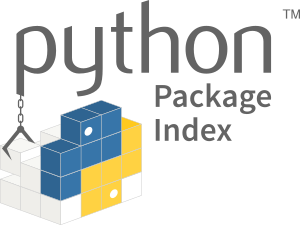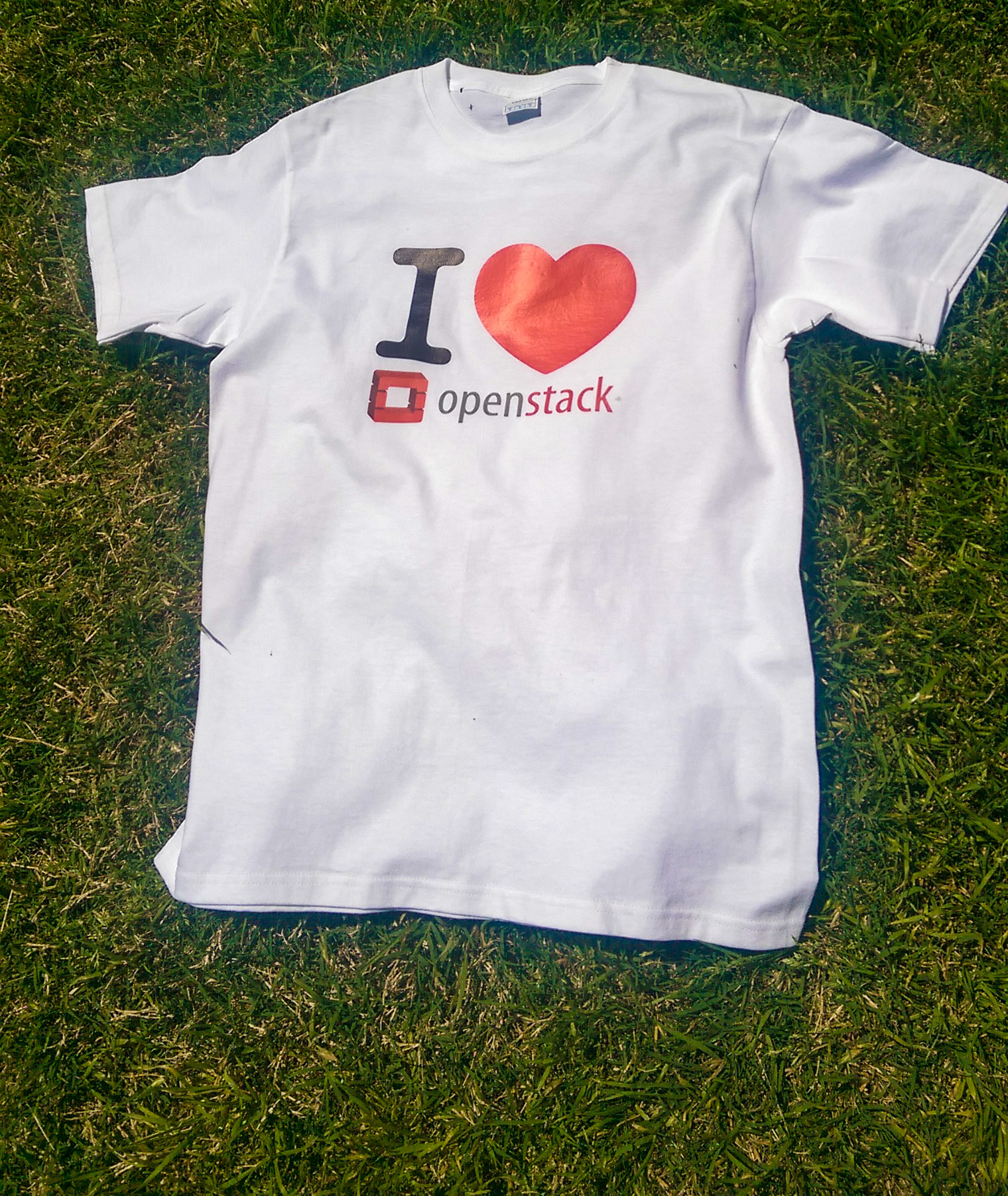Ansible Tower to reach the next automation level – Installation
Ansible is an open source automation platform. It is very powerful, it is agentless and can help you with configuration management, application deployment, task automation, Provisioning, Continuous Delivery, Security and Compliance and Orchestration.

From: https://cdn.edureka.co/blog/wp-content/uploads/2016/12/Nasa-Case-Study-What-Is-Ansible-Edureka.png
Ansible Tower
In other hand, Ansible Tower is a REST API, web service, and web-based console designed to make Ansible usable for IT teams. It is a hub for automation tasks. Tower is a commercial product supported by Red Hat, Inc. Ansible, Inc. (originally AnsibleWorks, Inc.) was the company set up to commercially support and sponsor Ansible and Ansible Tower, Red Hat acquired Ansible in October 2015.
“Ansible Tower is the easy-to-use UI and dashboard and REST API for Ansible. Centralize your Ansible infrastructure from a modern UI, featuring role-based access control, job scheduling, and graphical inventory management. Tower’s REST API and CLI make it easy to embed Tower into existing tools and processes. Tower now includes real-time output of playbook runs, an all-new dashboard and expanded out-of-the-box cloud support.”
Download
First, you need to download a Red Hat Ansible Tower trial to use it on your own Linux server or cloud instance, you’ll requested to provide your mail, go to the next link and download the package: https://www.ansible.com/tower-trial
So, after you download the package, now you can install it but you will need a license file to activate it. As you have shared your mail, Red Hat will send you an automated email to get your license key. You will need to select a trial option based on the number of machines and features you’ll need. To compare Ansible Tower editions, see www.ansible.com/tower-editions
Basically, you’ll have to choice from:
- FREE ANSIBLE TOWER TRIAL – ENTERPRISE FEATURES: For enterprise IT operations that require more than 10 nodes
- FREE ANSIBLE TOWER TRIAL – LIMITED FEATURES UP TO 10 NODES: Self-support trial license that will not expire. Does not include features in Standard and Premium Ansible Tower
In this installation we selected: FREE ANSIBLE TOWER TRIAL – LIMITED FEATURES UP TO 10 NODES.
The license key is a txt file that looks like:
{ "company_name": "Sentinella", "contact_email": "guillermo@sentinel.la", "contact_name": "Guillermo Alvarado", "hostname": "xxxxxxxxxxxxxxxxxxxxxxxxxx", "instance_count": 10, "license_date": xxxxxxx, "license_key": "xxxxxxxxxxxxxxxxxxxxxxxxxxxxxxxxxxxxxxxxxxxxx", "license_type": "basic", "subscription_name": "Red Hat Ansible Tower, Self-Support (10 Managed Nodes)" }
You will upload it after the installation is complete.
Installation
You can check the requierements here, But the Supported Operating Systems:
- Red Hat Enterprise Linux 7.2 or later 64-bit
- CentOS 7.2 or later 64-bit
- Ubuntu 14.04 LTS 64-bit
- Ubuntu 16.04 LTS 64-bit
- Windows Server 2008 R2 or later
Also the minium specs:
2 CPUs minimum
2 GB RAM minimum (4+ GB RAM recommended)
20 GB of dedicated hard disk space for Tower service nodes
20 GB of dedicated hard disk space for nodes containing a database (150 GB+ recommended)
64-bit support required (kernel and runtime)
We are going to install Tower in a RHEL virtual server:
1. Update the system
# yum update
Note: Reboot the system if the kernel packages were updated
2.Download the package with the instructions already mentioned and extract it. (We downloaded it in /tmp)
# tar xvzf ansible-tower-setup-latest.tar.gz # mv /tmp/ ansible-tower-setup-3.2.0/ /opt/ansible-tower-setup-3.2.0/ # cd ansible-tower-setup-3.2.0/
3.Enable repos and install ansible
# yum install http://dl.fedoraproject.org/pub/epel/epel-release-latest-7.noarch.rpm # sudo subscription-manager repos --enable=rhel-7-server-extras-rpms # yum install ansible
4.Edit inventory file to put your passwords
# ls /opt/ansible-tower-setup-3.2.0 backup.yml group_vars install.retry install.yml inventory licenses README.md restore.yml roles setup.sh
# vi /opt/ansible-tower-setup-3.2.0/inventory
[tower]
localhost ansible_connection=local
[database]
[all:vars]
admin_password='somepass'
pg_host=''
pg_port=''
pg_database='awx'
pg_username='awx'
pg_password='somepass'
rabbitmq_port=5672
rabbitmq_vhost=tower
rabbitmq_username=tower
rabbitmq_password='somepass'
rabbitmq_cookie=cookiemonster
# Needs to be true for fqdns and ip addresses
rabbitmq_use_long_name=false
5.Install Ansible Tower with setup.sh script
./setup.sh
Activation
After the installation is complete, you need to go to your FQDN or IP in your browser and you’ll see the login page of Ansible Tower, use the password you previosly defined in the inventory file and the user “admin” to log on.
Then, you will be requested for an activation file, just upload it and you are done wtih your Ansible Tower installation.
The next post we are going to setup Ansible Tower to use it, keep tuned! =)



























